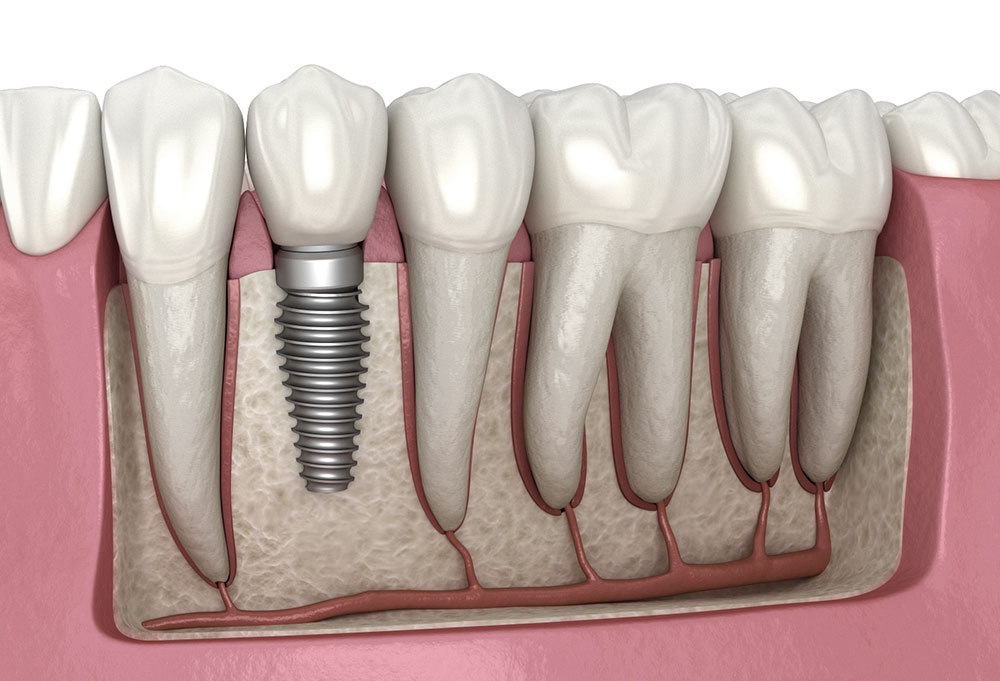A Hematoma forms when an injury causes blood to collect under the skin of the injury site. The difference between a bruise and a hematoma is that the former usually happens when small blood vessels get ruptured. Whereas, when larger blood vessels get ruptured with significant pooling of blood under the skin, it is a hematoma.
Most hematomas are not a cause for concern. Any sort of blood vessel injury might lead to a hematoma (artery, vein, or small capillary). A hemorrhage denotes active, ongoing bleeding, while a hematoma typically refers to blood that has more or less clotted.
Before we go on to the treatment protocol, let us quickly take a look at the different types of hematomas. They are mostly classified based on where they are located.
Subdural Hematoma: This type of hematoma develops between the brain’s tissue and its internal lining.
Spinal Epidural Hematoma: A hematoma between the spinal vertebrae and the outer sheath of the spinal cord is referred to as a spinal epidural hematoma.
Intracranial Epidural Hematoma: An intracranial epidural hematoma develops between the brain’s outer layer and the skull.
Subungual Hematoma: This type of hematoma develops under the nail.
Intra-abdominal, Peritoneal, or Retroperitoneal Hematomas: Hemorrhages inside the abdominal cavity are referred to as intra-abdominal, peritoneal, or retroperitoneal hematomas.
Aural or Ear Hematoma: A hemorrhage between the skin and the ear cartilage is known as an aural or ear hematoma.
Splenic Hematoma: This type of hematoma usually results from abdominal trauma that impacts the spleen. Clotting disorders or abnormal tissue growth (splenic neoplasia) are other possible causes.
Liver Hematoma: A liver hematoma is also known as a hepatic hematoma which is caused by blunt force trauma in most cases. Complications in pregnancy, bleeding disorders, liver biopsies, and surgery are other known causes.
Treatment of Hematoma:
Hematoma treatment is based on the patient’s symptoms, location, and overall health. The majority of hematomas heal on their own without the need for special care. However, they can occasionally be a medical emergency requiring immediate attention.
Self-care is crucial to avoid complications even if the hematoma clears up on its own.
Caring for hematoma at home can be done by the following steps. The process can be summarized with the acronym RICE.
- Rest: Rest will help the affected area heal faster
- Ice: Apply ice pack to reduce the swelling
- Compression: It has been seen that light compression is helpful to mitigate pain and swelling
- Elevation: Elevation of the injured area has been proven to be helpful in reducing pain and swelling.
Management of any related symptoms can be done through pain medications such as acetaminophen.
Depending on the severity of symptoms and the location, hematomas sometimes need surgical drainage. So, when does a hematoma need to be drained? In cases involving the following types of hematoma, surgical evacuation may be necessary.
Epidural Hematoma: The common cause of this kind of hematoma is vascular bleeding between the skull plate and the brain’s outer lining, mostly resulting from trauma.
For patients with significant extradural hematoma, defined as >30 ml or producing a localized or increasing neurological deficit, immediate surgical hematoma evacuation is necessary. This is especially crucial to avoid brain death brought on by elevated pressure inside the brain. Neurosurgeons perform the hematoma evacuation.
The risk of coma and imaging evidence of a brain herniation are two additional reasons for surgical evacuation.
Subdural Hematoma: Typically, a subdural hematoma results from veins rupturing in the region between the brain’s internal linings. It is a neurological emergency that could result in death or irreparable brain damage. Therefore, they need to be assessed right away for surgical drainage. For assessment, a clinical examination and brain imaging are necessary.
The majority of subdural hematomas can be treated gently. According to a 2015 study on individuals with subdural hematomas, the majority of patients received conservative care. Only 6.5% of those who took part in the trial eventually needed surgical drainage.
Muscle Hematoma: This type of Hematoma is caused by blood that has spilled into the muscle. Traumatic hematomas are typically treated conservatively and go away on their own. However, there is a life-threatening risk of persistent bleeding in spontaneous hematoma.
When there is a neurological concern brought on by the hematoma or localized ischemia, surgical evacuation of the muscle hematoma is indicated. A general surgeon, orthopedic, or trauma surgeon typically performs surgical evacuation.
Auricular hematoma: Direct trauma causes an auricular hematoma. Hematomas in the auricle must be drained else it can interrupt the blood supply to the auricular cartilage and lead to necrosis.
Subungal Hematoma: A hemorrhage under a fingernail or toenail is called a subungal hematoma. The act of trephination entails making one or more holes in the nail to allow for blood drainage. It is important to drain a subungal hematoma since without drainage you can experience acute pain. You may also feel increased pressure on the nail.
Lower limb hematoma: Surgical drainage is typically used to treat a hematoma on the shin. Other lower leg hematomas are typically handled conservatively. Surgical drainage is frequently necessary for relieving the pressure resulting from the accumulation of blood. This blood can put pressure on the surrounding soft tissues leading to skin necrosis.
What happens when a hematoma is left untreated?
Most hematomas are not a reason for concern and go away on their own either with time or conservative treatment . However, in severe cases, a substantial region of the overlaying skin may become necrotic if a hematoma is left untreated and the pressure inside the hematoma surpasses the blood pressure in the dermal and subdermal capillaries. Therefore, a hematoma must be removed quickly to relieve the pressure on the skin when it is medically required. Subdural hematomas and auricular hematomas particularly need prompt surgical drainage.




